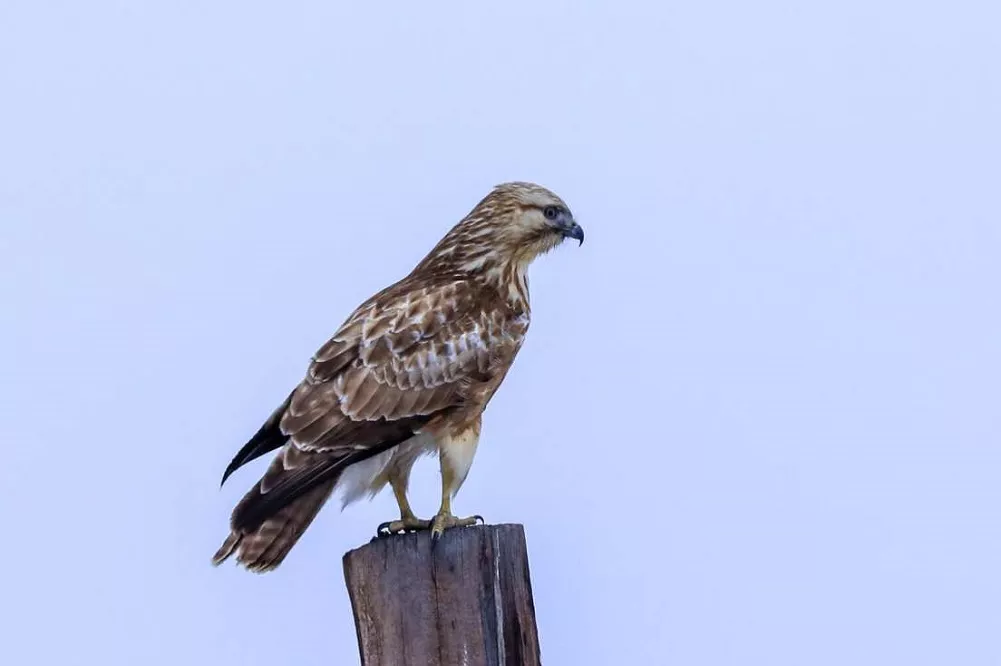Common Buzzards (Buteo buteo) are one of the most widespread raptors found in Europe and Asia. These birds of prey have a varied diet, which includes small mammals, birds, reptiles, and insects. In this article, we will take a closer look at what Common Buzzards eat.
- Small Mammals
Small mammals, such as voles, mice, and shrews, make up a significant part of the Common Buzzard’s diet. These birds are often seen hovering over grasslands and farmlands, looking for movement below. Once they spot their prey, they swoop down at high speed to grab it with their talons. Common Buzzards are known to hunt small mammals both on the ground and in the air. They can even hunt small mammals hiding in the long grass.
- Birds
Common Buzzards also eat small birds, such as sparrows, finches, and thrushes. These birds are often taken from the ground, but the Common Buzzard can also catch them in flight. Larger birds, such as pheasants and partridges, are also a part of the Common Buzzard’s diet. These birds are often caught on the ground, after being flushed out of their hiding places.
- Reptiles
Reptiles, such as snakes and lizards, are also on the menu for the Common Buzzard. These birds are known to hunt reptiles in open areas, such as heaths and moors. They use their sharp vision to spot the reptiles from high above and then swoop down to catch them with their talons.
- Insects
Common Buzzards also feed on insects, such as beetles and grasshoppers. While these insects make up a smaller part of their diet, they are still an important source of food. Common Buzzards are known to catch insects on the wing, in mid-air.
- Carrion
Finally, Common Buzzards are scavengers and will also feed on carrion. They are often seen feeding on roadkill, which can include small mammals, birds, and even larger animals such as deer.
In conclusion, the Common Buzzard has a varied diet that includes small mammals, birds, reptiles, insects, and carrion. Their hunting techniques and ability to catch prey both on the ground and in the air make them one of the most successful raptors in Europe and Asia.


 Facebook
Facebook  Instagram
Instagram  Youtube
Youtube 